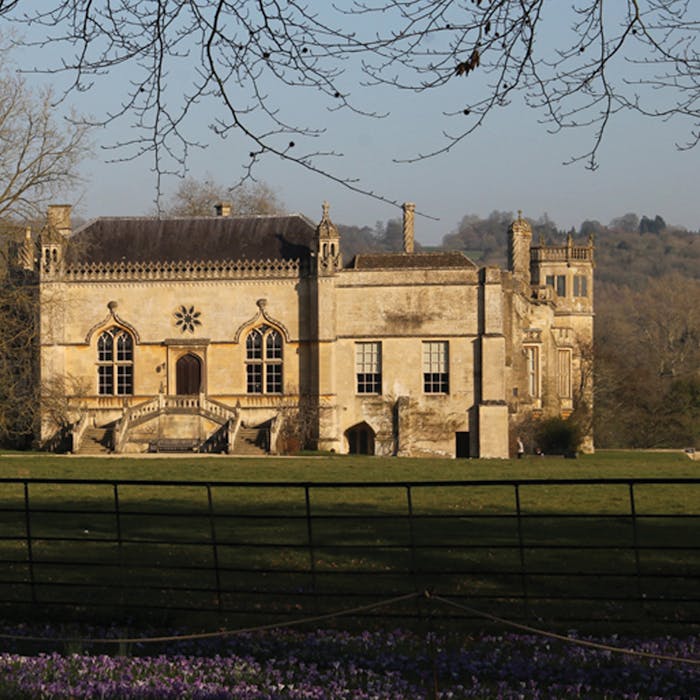
Lacock Abbey, the birthplace of photography
The pale gold stones of Lacock Abbey had already seen 600 years of human history when William Henry Fox Talbot took a photo of a small window there in 1835, creating the earliest surviving photographic negative.
Lacock Abbey, in Wiltshire, is owned by the National Trust. It was founded in the early 13th century by the Countess of Salisbury as a nunnery, and remained so until the Reformation in the Tudor period, when it was converted into a fine gentleman's residence. Its impressive cloister still remains.
The house eventually passed into the hands of the Talbot family. William Henry Fox Talbot had wide interests in mathematics, science, archaeology and politics. His pioneering developments in photography were followed by other discoveries in the field of spectral analysis. This technique is still used by astronomers to discover the chemical elements present in far distant stars by analysing the light coming from them.
Lacock Abbey offers an interesting day out with fine furnished rooms, Great Hall, long gallery, and - as you would expect - a Museum of Photography.
Just outside the walls is Lacock village, which is almost entirely owned by the National Trust and seems frozen in time. Most of the surviving houses were built in the 18th century or earlier. Film and tv location filming frequently takes place in both the Abbey and the village.
Further reading
Links to external websites are not maintained by Bite Sized Britain. They are provided to give users access to additional information. Bite Sized Britain is not responsible for the content of these external websites.
